Physical Evidence Forensic Science Worksheet
Are you a forensic science enthusiast eager to delve into the world of physical evidence? Look no further! This blog post is tailored just for you. In this worksheet, we will be exploring the significance and methods of analyzing physical evidence in forensic investigations. So, grab a pen and paper, and let's get started on this exciting journey of discovery!
Table of Images 👆
More Science Worksheets
6 Grade Science WorksheetsScience Heat Energy Worksheets with Answer
Science Worksheets Light and Sound
7th Grade Science Cells Worksheets
Worksheets Life Science Vocabulary
8th Grade Science Scientific Method Worksheet
Science Worksheets All Cells
What is physical evidence?
Physical evidence is any tangible object or material that is relevant to a criminal investigation or legal proceeding. This can include items such as weapons, clothing, fingerprints, blood samples, or DNA samples that can provide information or proof regarding a crime or an event. Physical evidence is crucial in helping investigators establish facts, link suspects to a crime scene, support witness statements, and ultimately build a case in court.
Give examples of different types of physical evidence.
Some examples of physical evidence include fingerprints, bloodstains, hair, fibers, firearms or ammunition, shoe prints, tire tracks, weapons, tool marks, documents, glass fragments, drugs or narcotics, and biological materials like saliva, semen, or tissues. These types of physical evidence play a crucial role in forensic investigations to help establish facts, link suspects to a crime scene, or corroborate witness testimonies.
How is physical evidence collected at a crime scene?
Physical evidence at a crime scene is collected systematically and methodically by trained forensic professionals to ensure its integrity and reliability for analysis. This process involves documenting the scene, photographing and sketching the evidence in place, using tools like gloves and tweezers to collect items without contamination, packaging evidence in appropriate containers to prevent cross-contamination, and creating a detailed chain of custody record to track the evidence throughout the investigation. Proper documentation and handling of physical evidence at a crime scene are critical to preserving its value in the legal process and ensuring justice is served.
What techniques are used to preserve physical evidence?
Some techniques used to preserve physical evidence include proper packaging and labeling to prevent contamination or degradation, maintaining a chain of custody to document who has had access to the evidence, storing evidence in a secure and controlled environment to prevent tampering or loss, and using specialized equipment such as refrigeration or desiccants to help preserve the integrity of biological or trace evidence. Proper documentation and handling procedures are also crucial to ensure the admissibility and reliability of physical evidence in legal proceedings.
Explain the importance of chain of custody in relation to physical evidence.
Chain of custody is crucial in the legal system as it documents the chronological record of who has handled physical evidence from the moment it is collected until it is presented in court. Maintaining a clear chain of custody ensures the integrity and admissibility of evidence by demonstrating that it has not been tampered with, altered, or contaminated. This is essential for establishing the reliability and credibility of evidence, protecting the rights of the accused, and ensuring a fair trial. Any break in the chain of custody can raise doubts about the authenticity of evidence and jeopardize the outcome of a case.
Describe the process of analyzing physical evidence in a forensic laboratory.
Analyzing physical evidence in a forensic laboratory involves several key steps. First, the evidence is collected, documented, and preserved to maintain chain of custody. Next, the evidence is examined using various techniques such as DNA analysis, fingerprinting, chemical analysis, and microscopy. Interpretation of the results is based on comparisons to known standards or databases. Finally, a detailed report is generated documenting the findings, which may be used as evidence in legal proceedings. Quality control measures are implemented throughout the process to ensure accuracy and reliability of the results.
What can be determined from DNA evidence?
DNA evidence can determine the identity of an individual, establish relationships between individuals, such as paternity or siblingship, link a suspect to a crime scene, or help identify victims in forensic investigations. It can also provide information about a person's genetic traits, likelihood of certain diseases, and ancestry. Overall, DNA evidence is a powerful tool in solving crimes, determining biological relationships, and understanding genetic characteristics.
How are fingerprints analyzed and matched to potential suspects?
Fingerprints are analyzed using various methods such as physical or digital tools to extract unique ridge patterns. These patterns are then compared with databases of known prints using sophisticated algorithms that look for similarities in ridge characteristics, such as bifurcations and ridge endings. If a match is found, further manual verification is often done by fingerprint experts to confirm the identification. This process allows law enforcement to link a suspect to a crime scene based on the unique and individual characteristics of their fingerprints.
What is the significance of toolmarks and how are they analyzed?
Toolmarks are crucial in forensic investigations as they can help link a specific tool to a crime scene or object. The analysis of toolmarks involves examining the unique patterns or striations left on a surface by a tool or instrument. Forensic examiners compare these marks to tools in their possession to identify a potential match. Various techniques such as microscopic examination, chemical tests, and imaging technologies are used to analyze toolmarks and provide valuable evidence in criminal investigations.
How can forensic odontology be used in analyzing physical evidence?
Forensic odontology, or the use of dental evidence in legal investigations, can be used to analyze physical evidence by examining dental records, bite marks, and dental impressions to identify individuals, establish a victim's identity, or provide evidence in criminal cases. By comparing dental records to dental findings in human remains or bite marks left at a crime scene, forensic odontologists can help authorities in solving crimes or identifying unknown individuals, thus playing a crucial role in forensic investigations.
Have something to share?
Who is Worksheeto?
At Worksheeto, we are committed to delivering an extensive and varied portfolio of superior quality worksheets, designed to address the educational demands of students, educators, and parents.

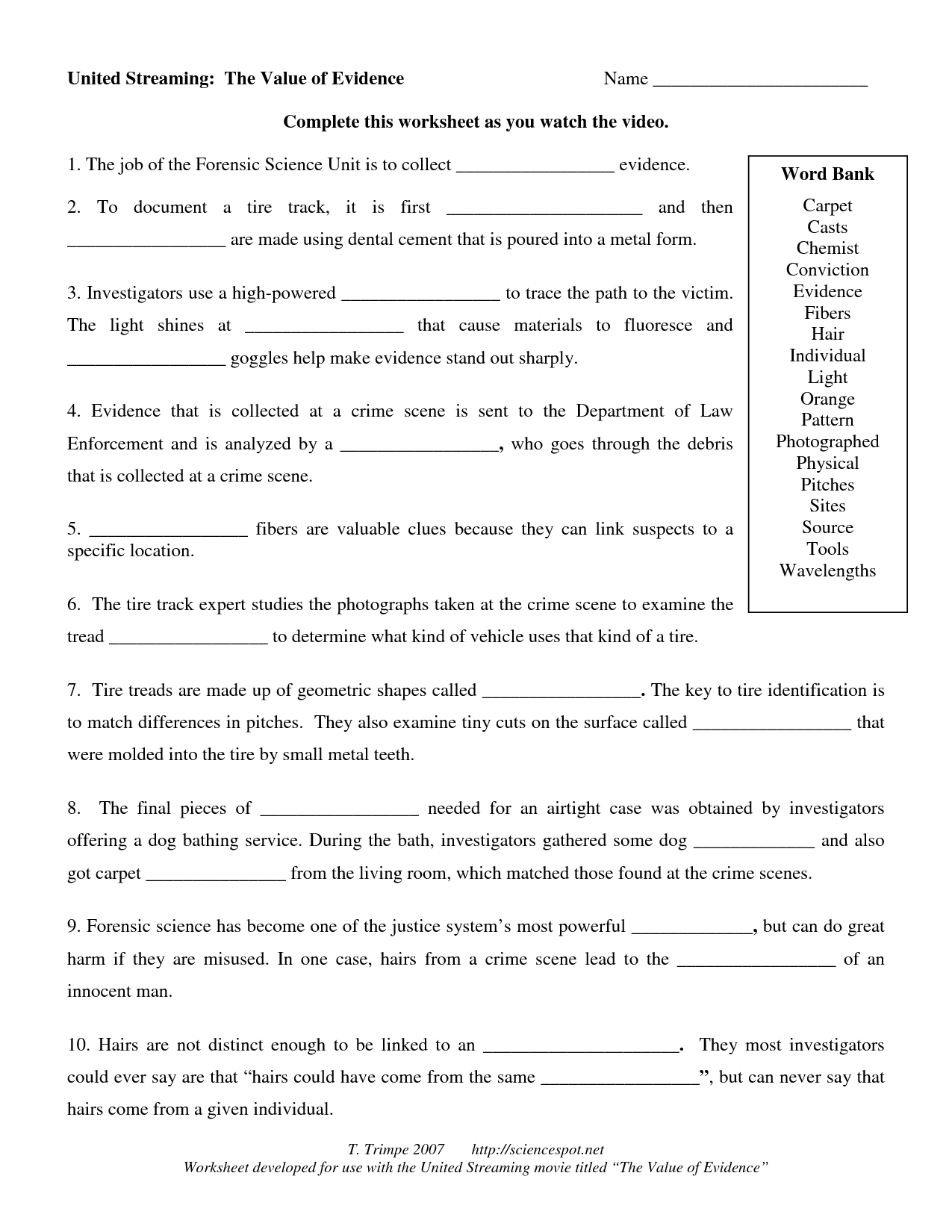





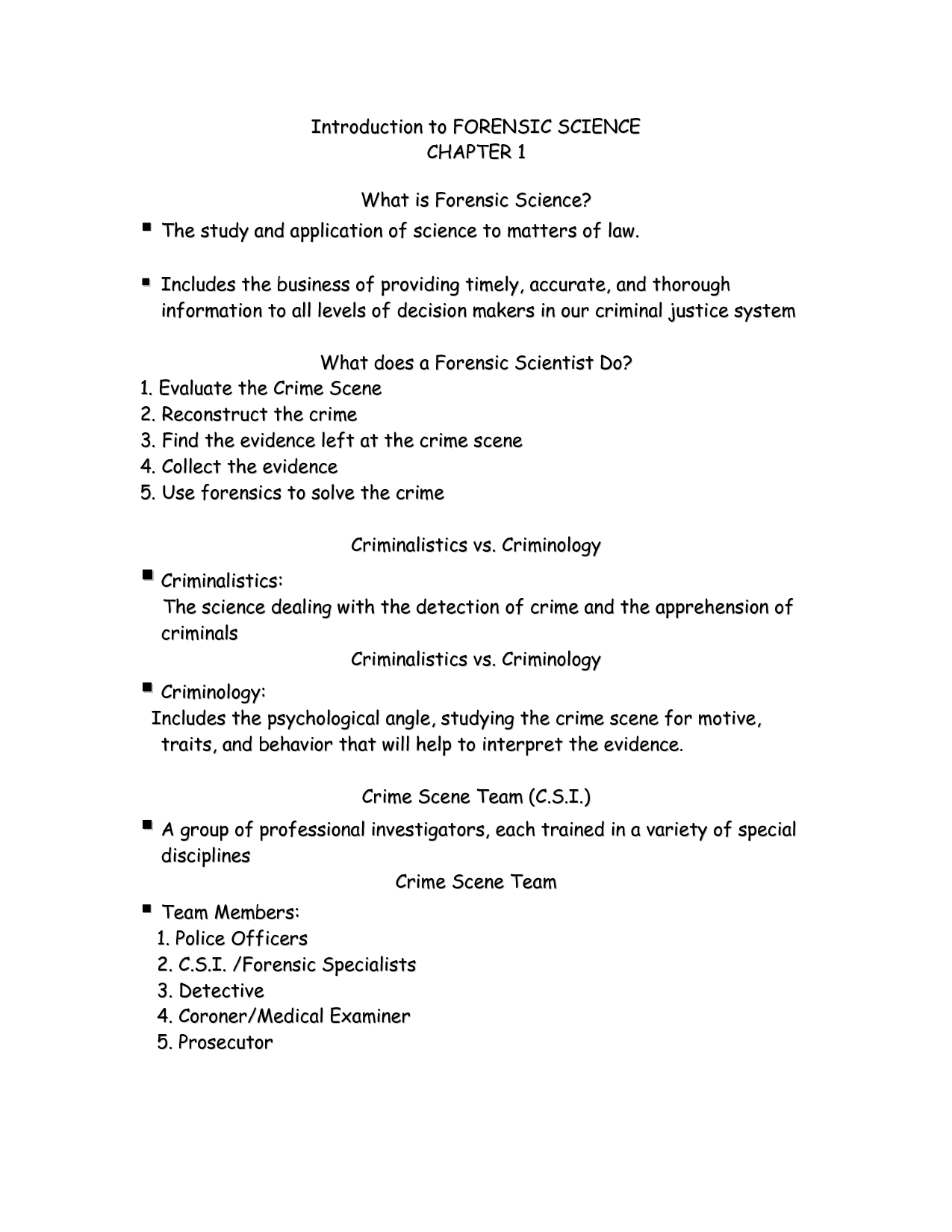
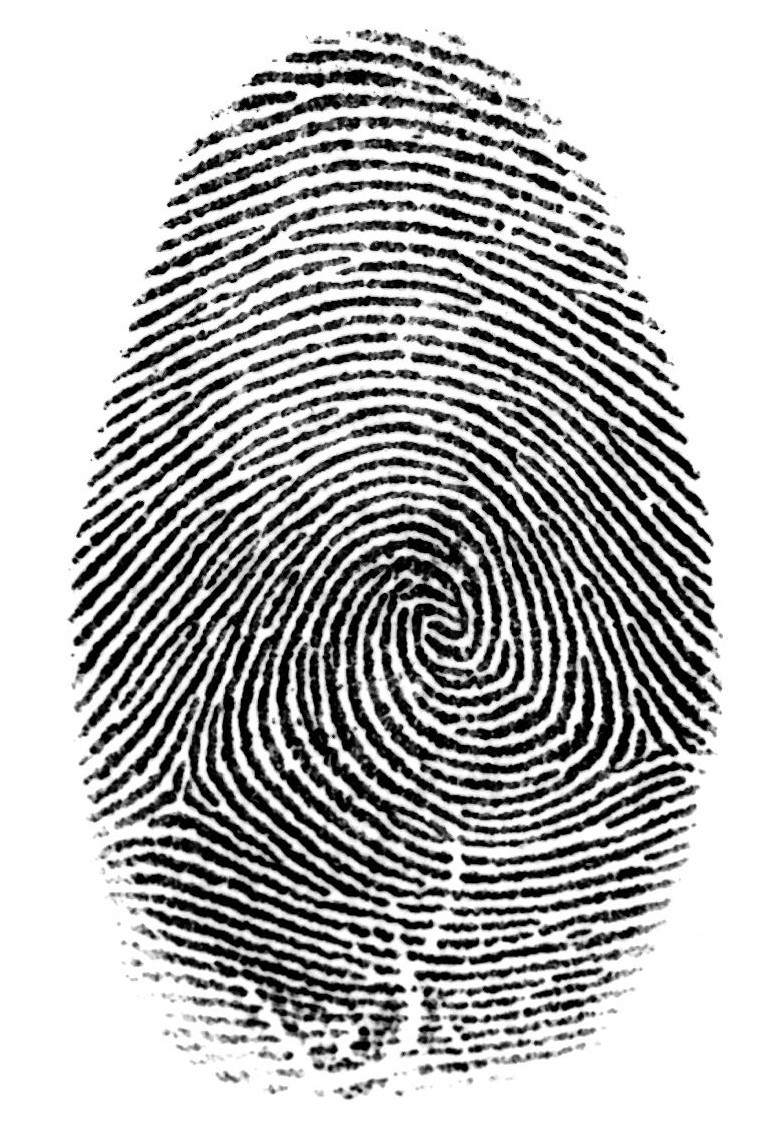
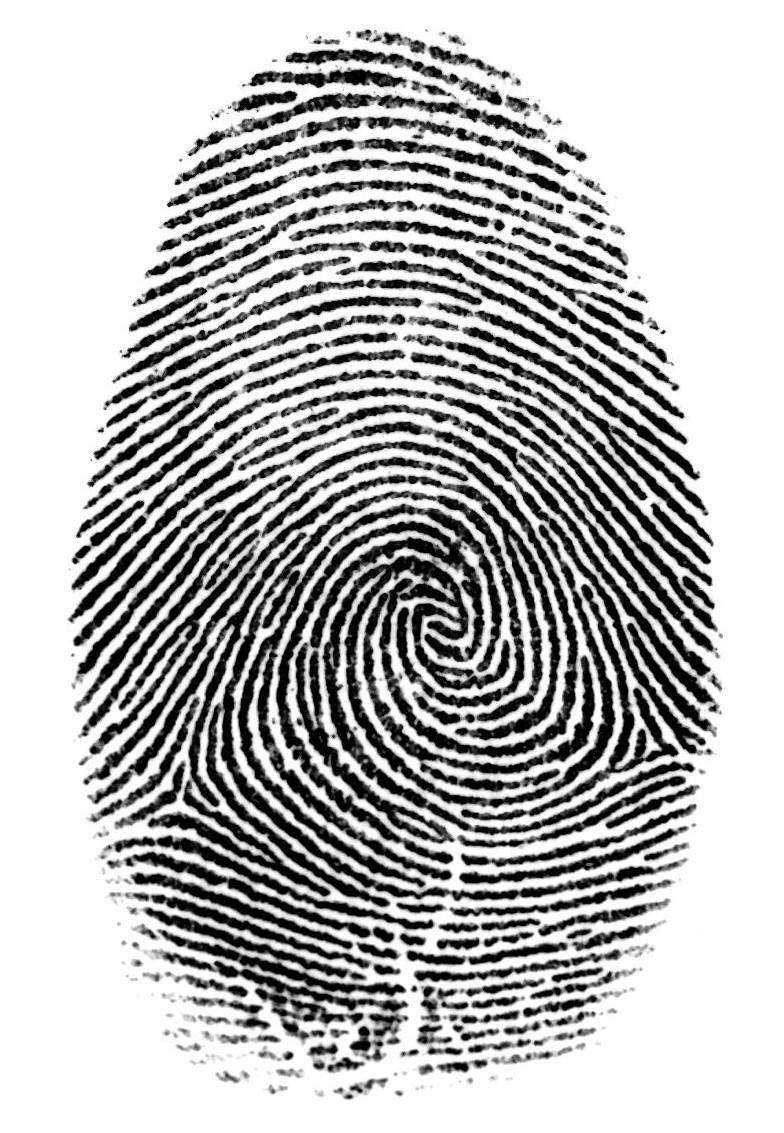
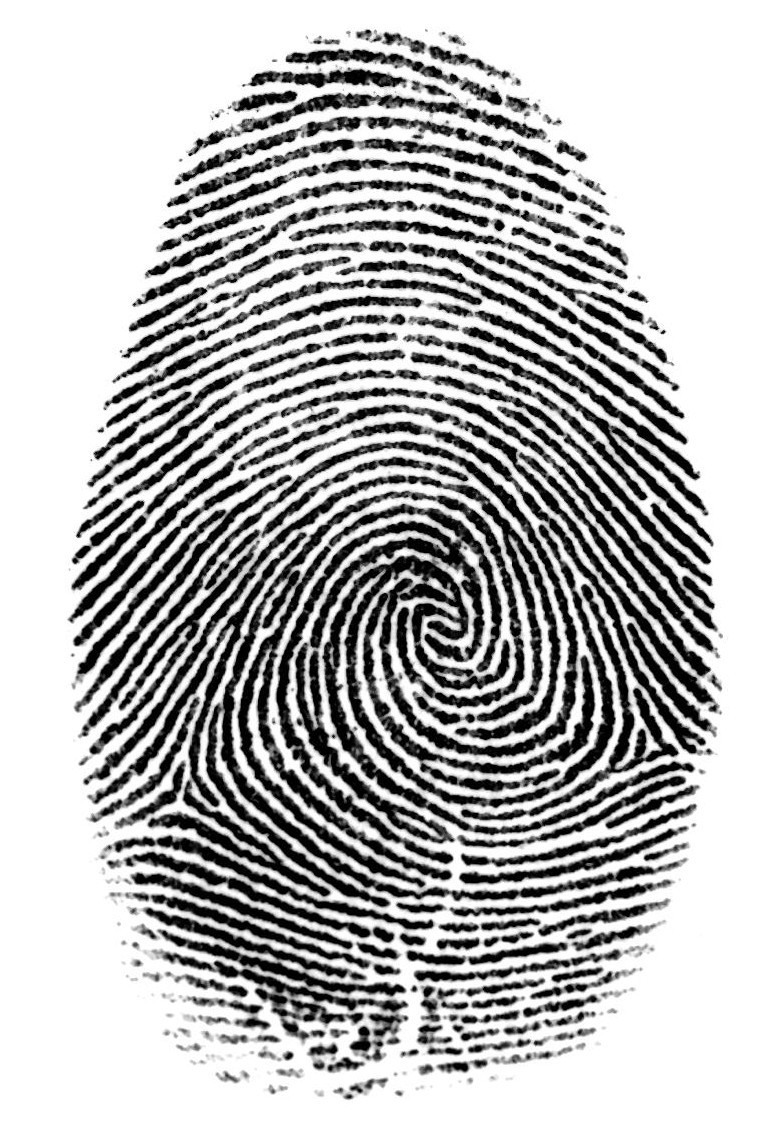
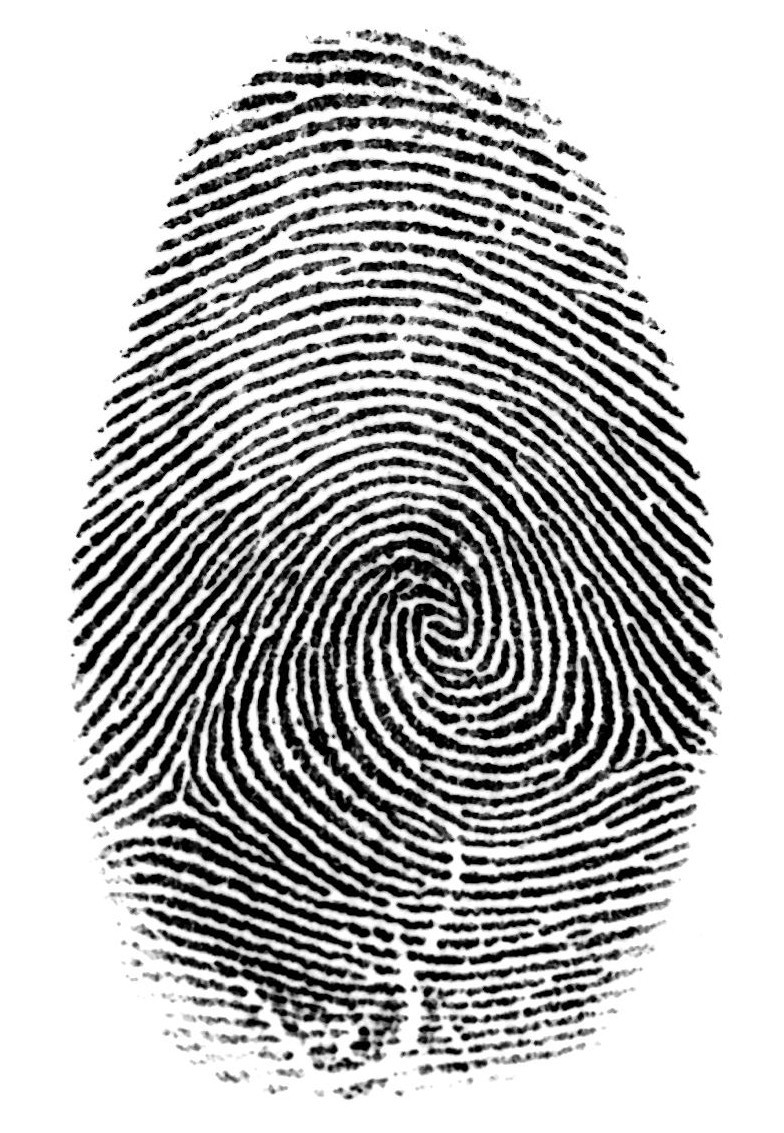
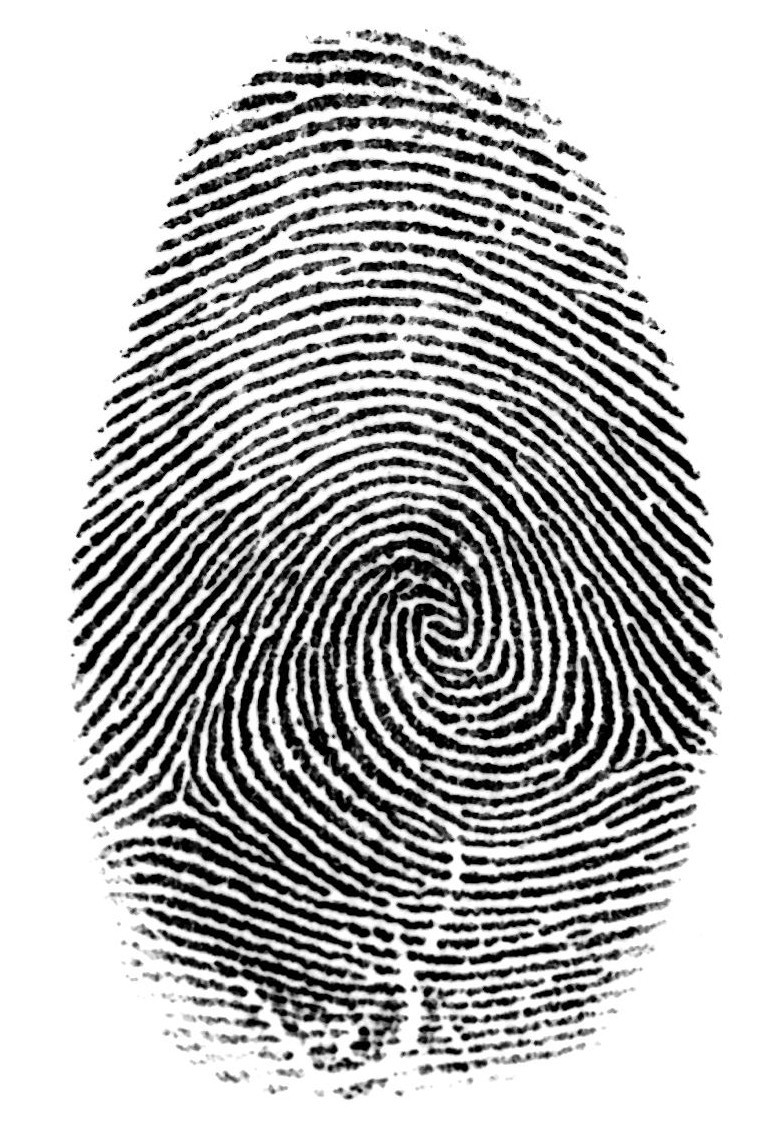
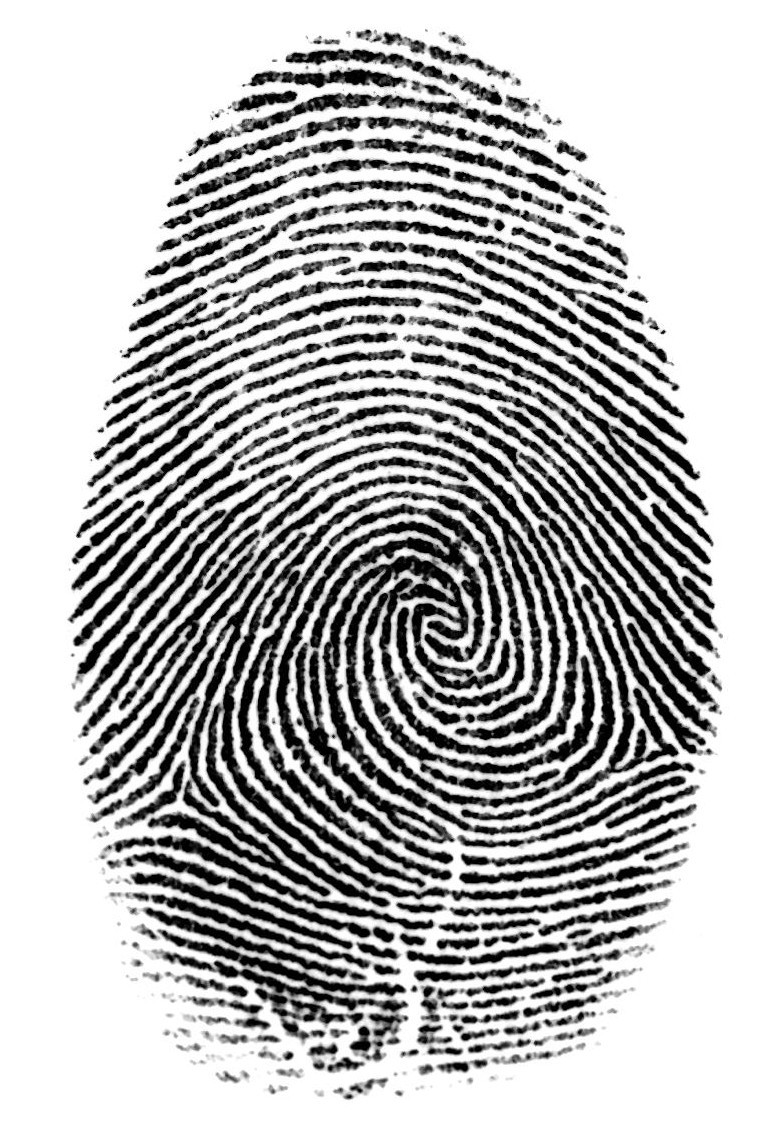
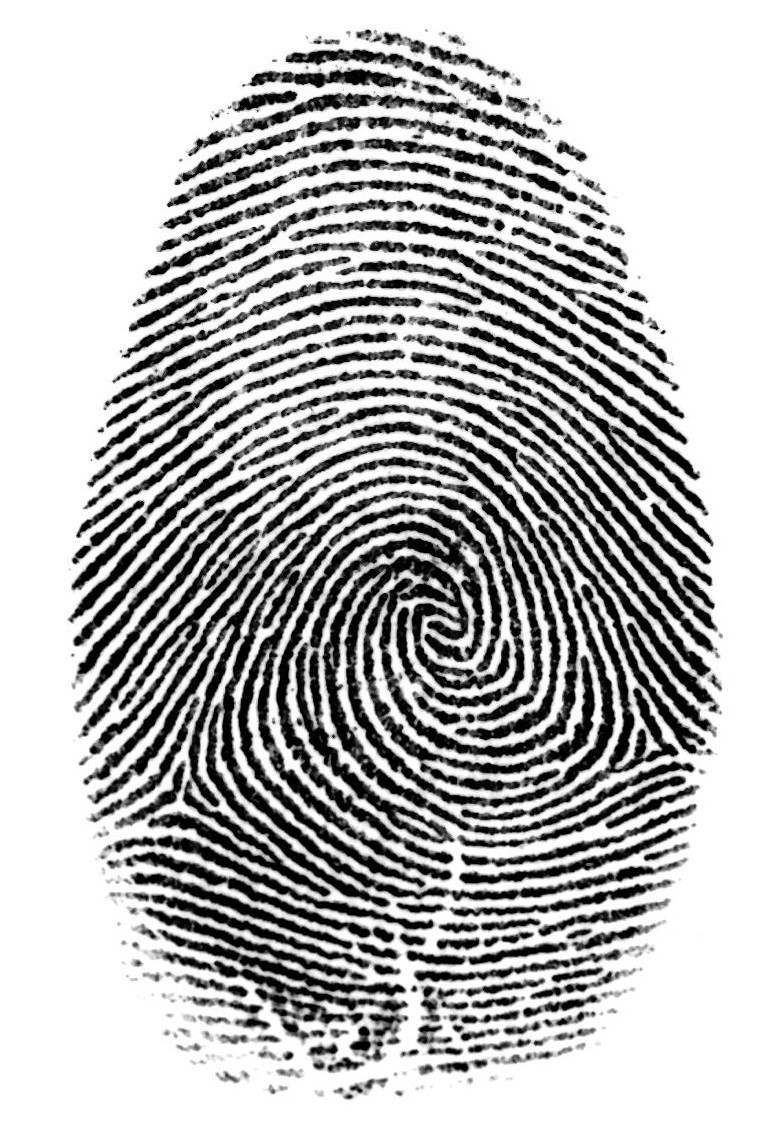
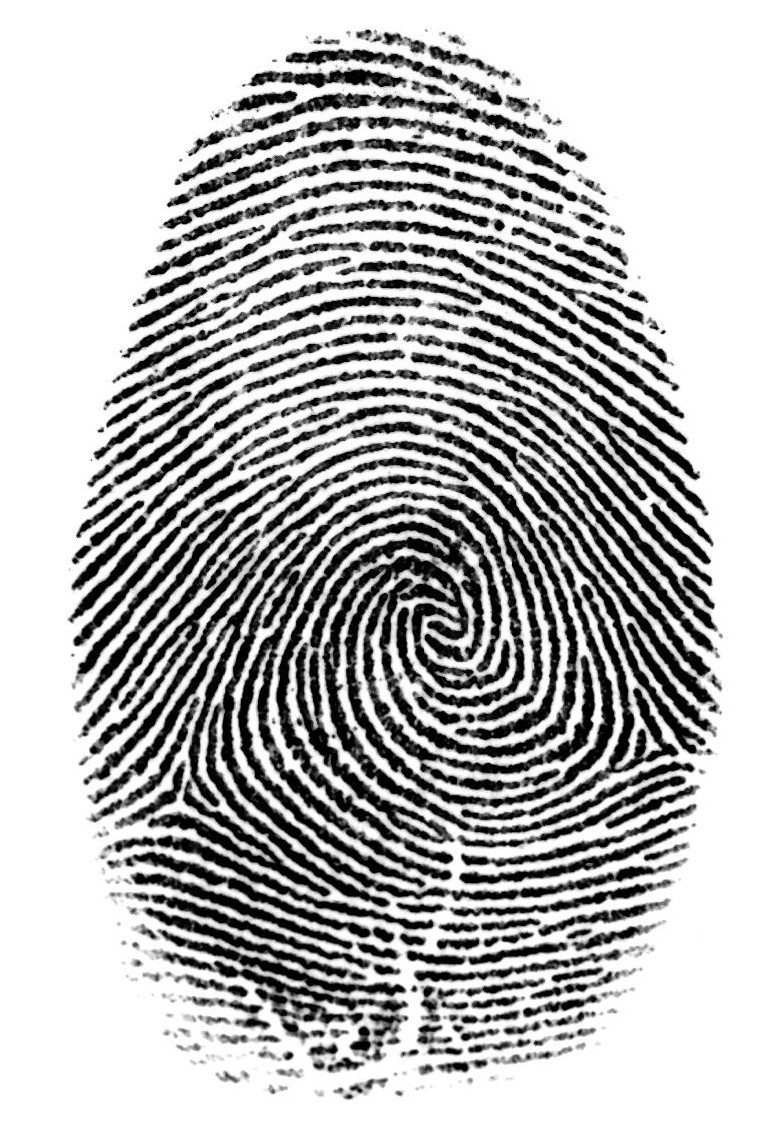
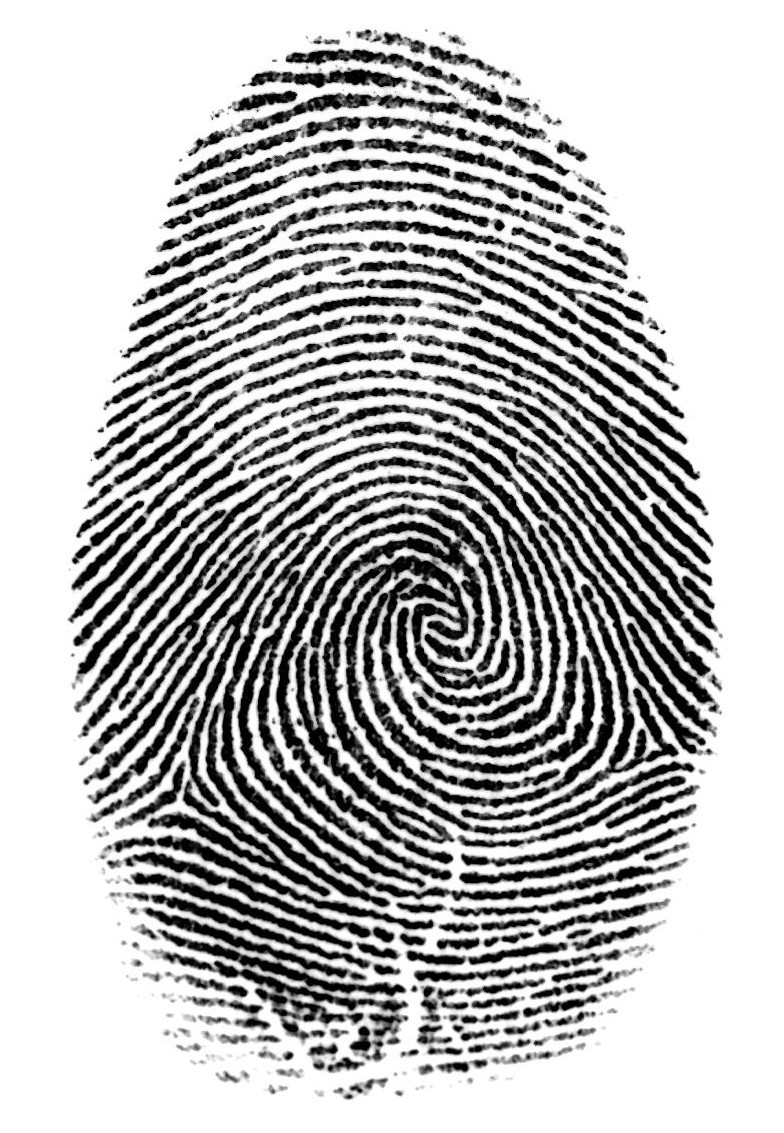
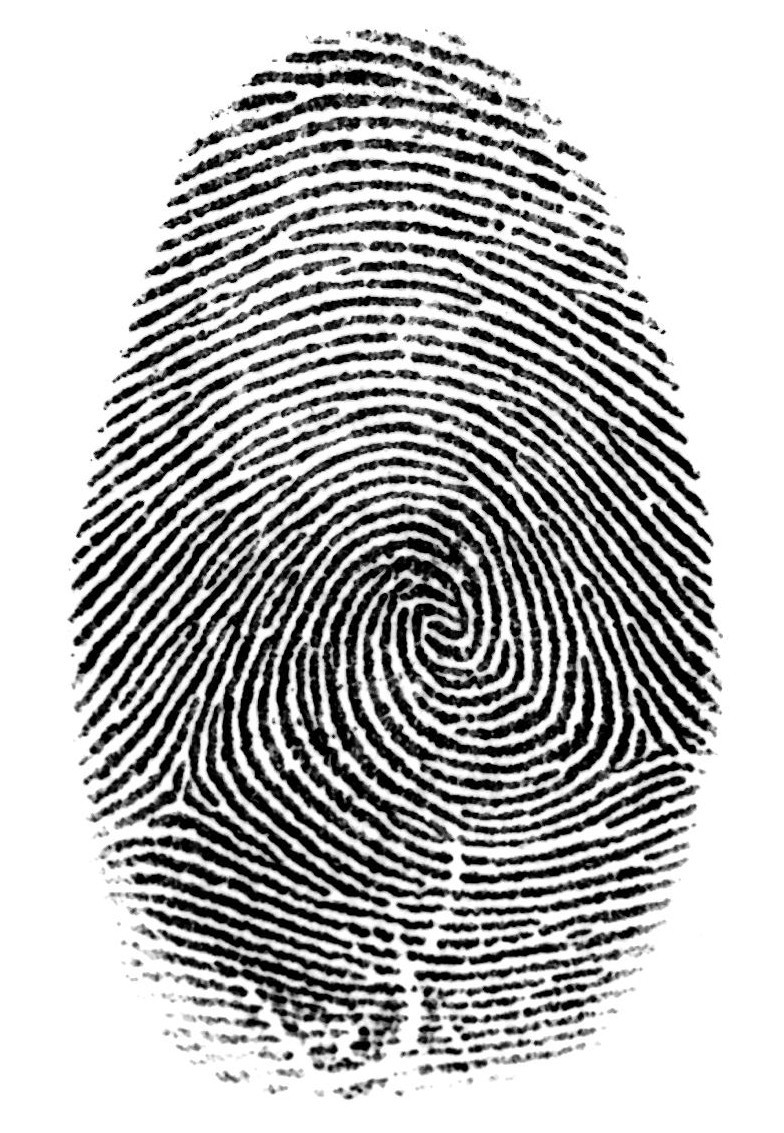
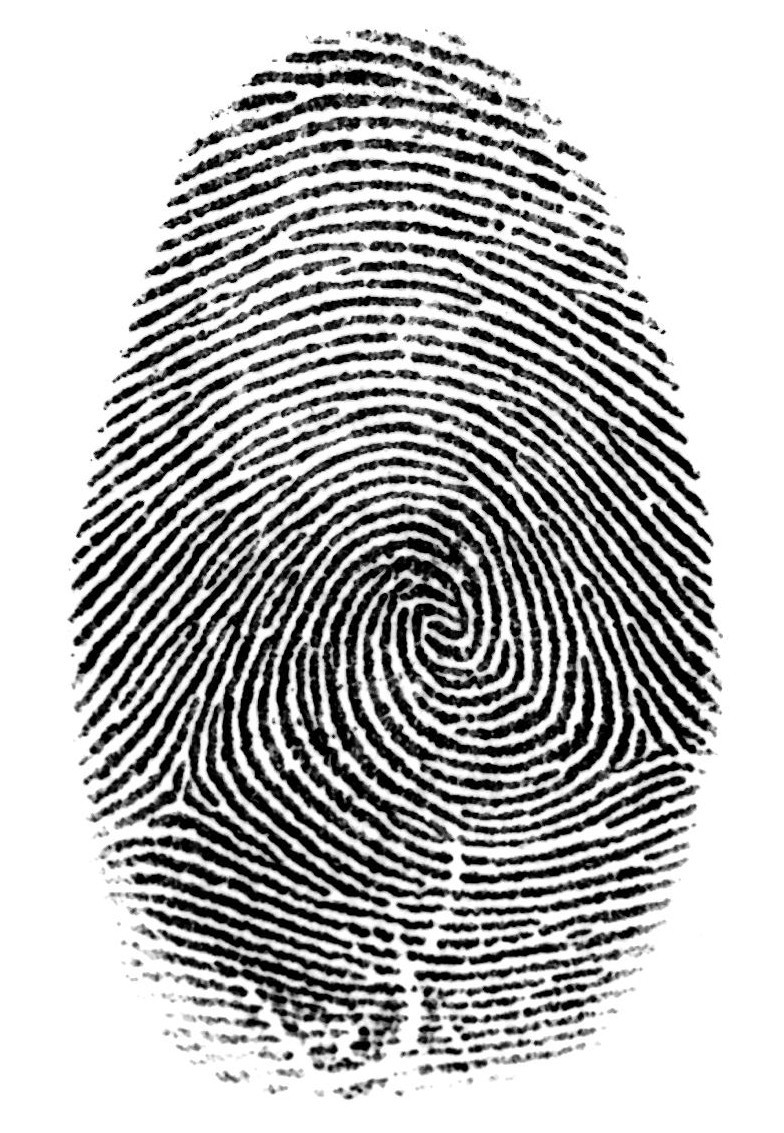
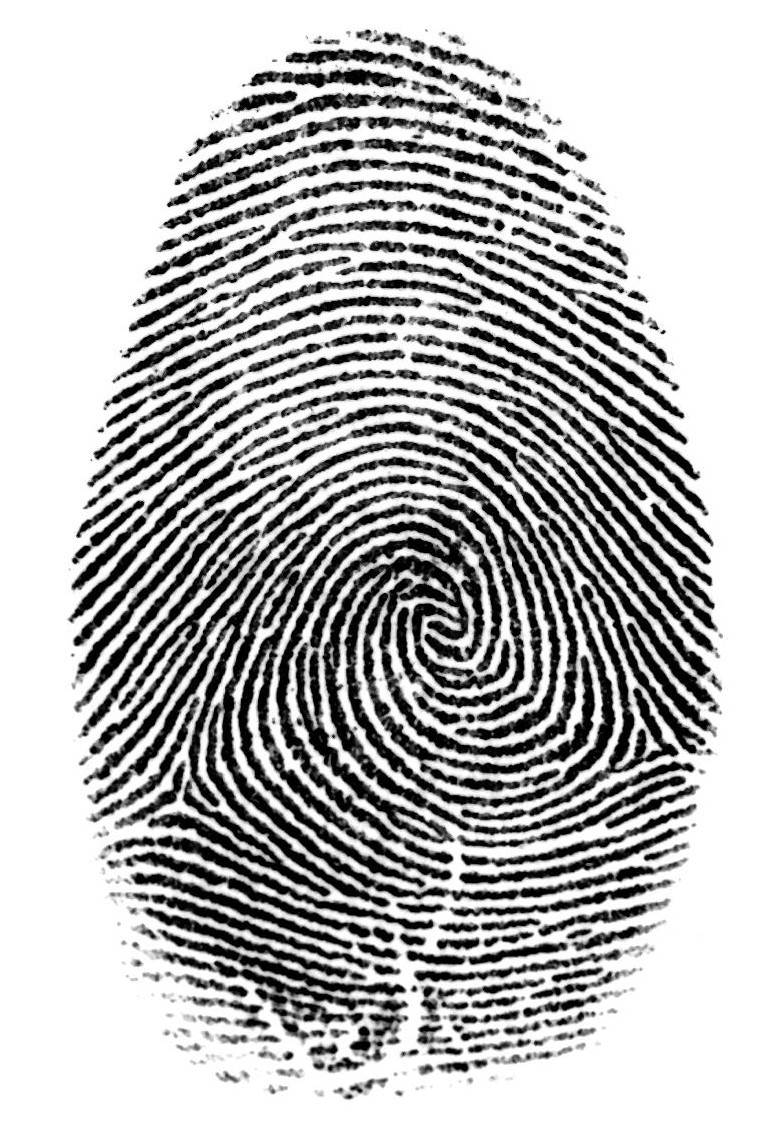
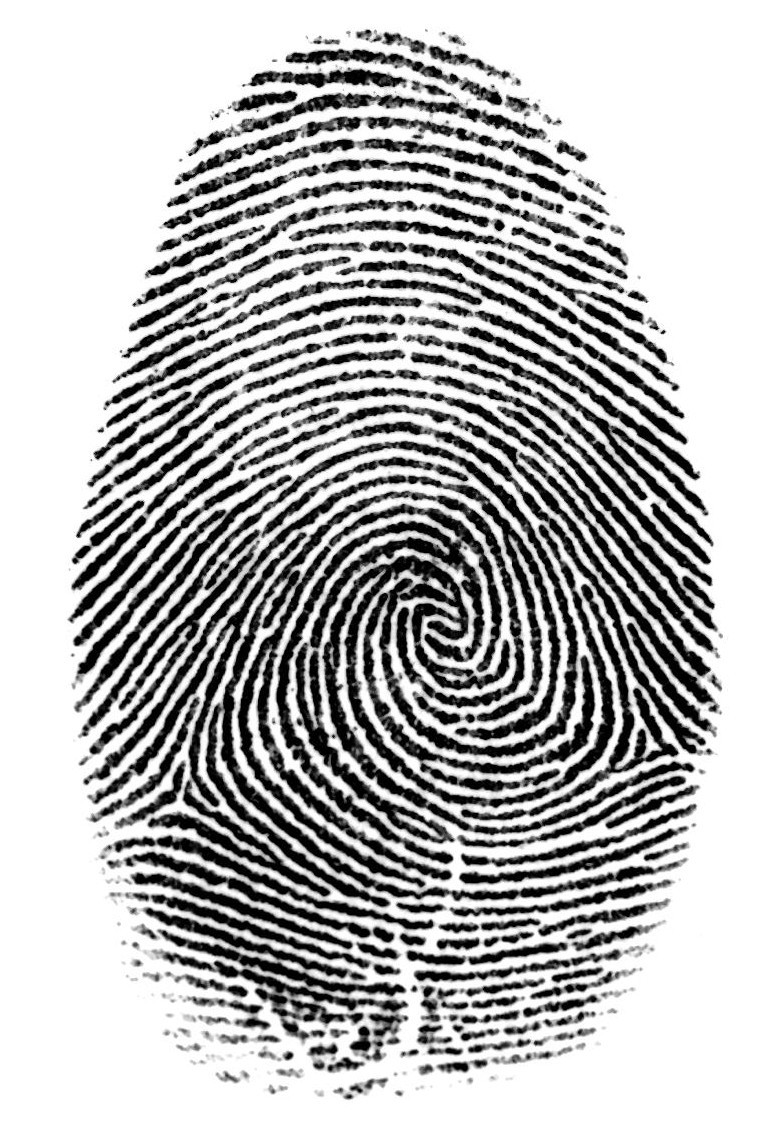















Comments